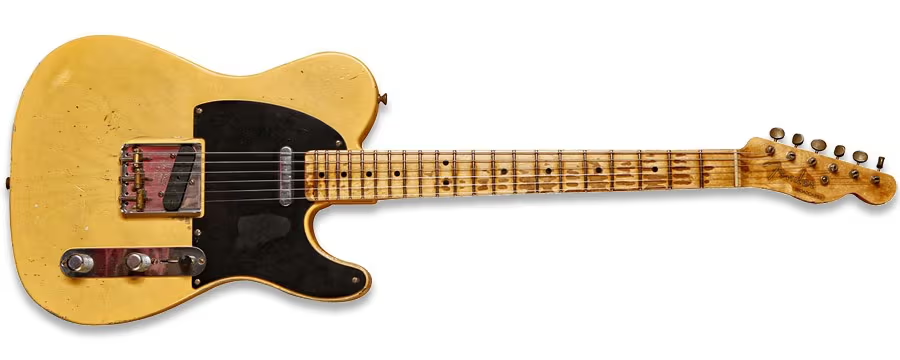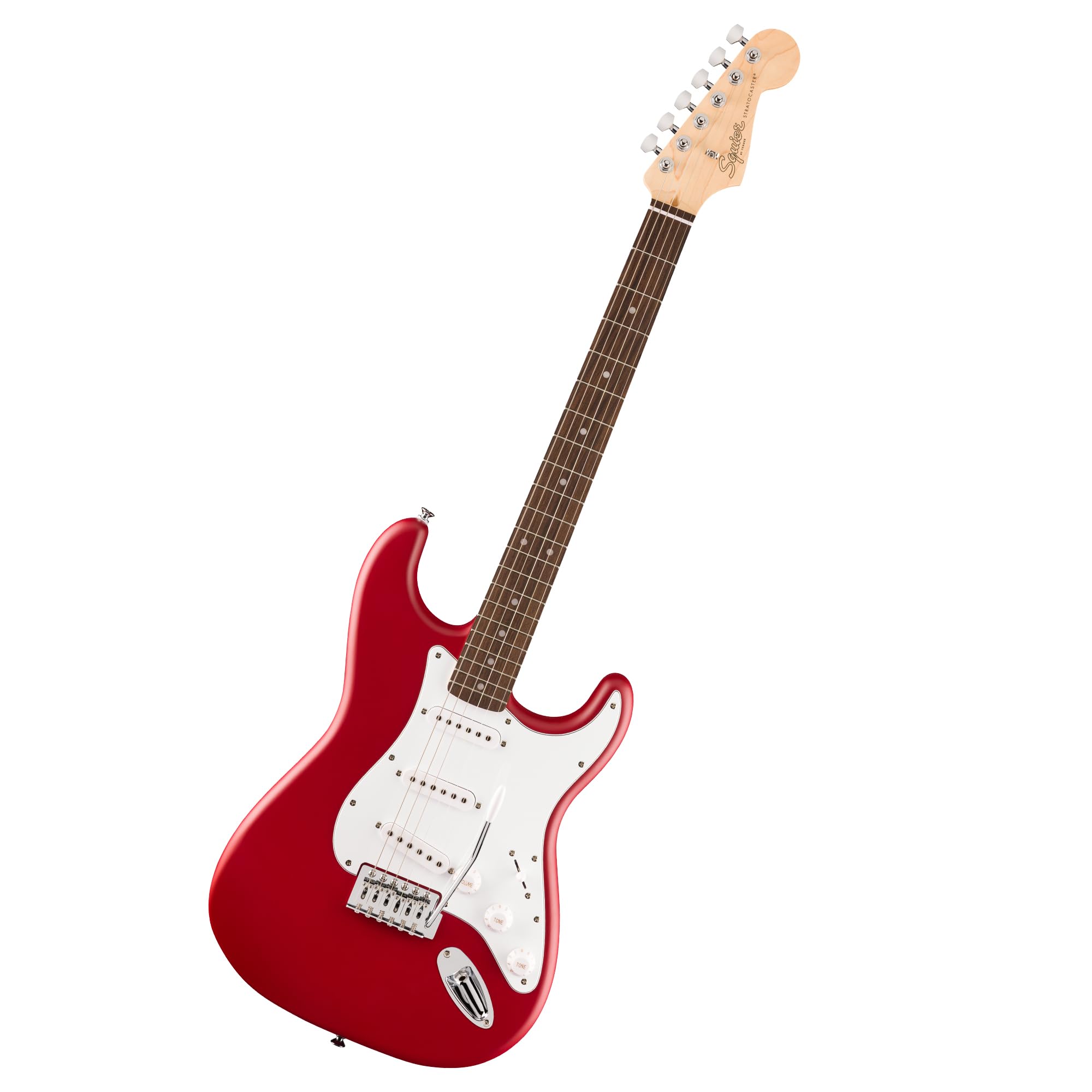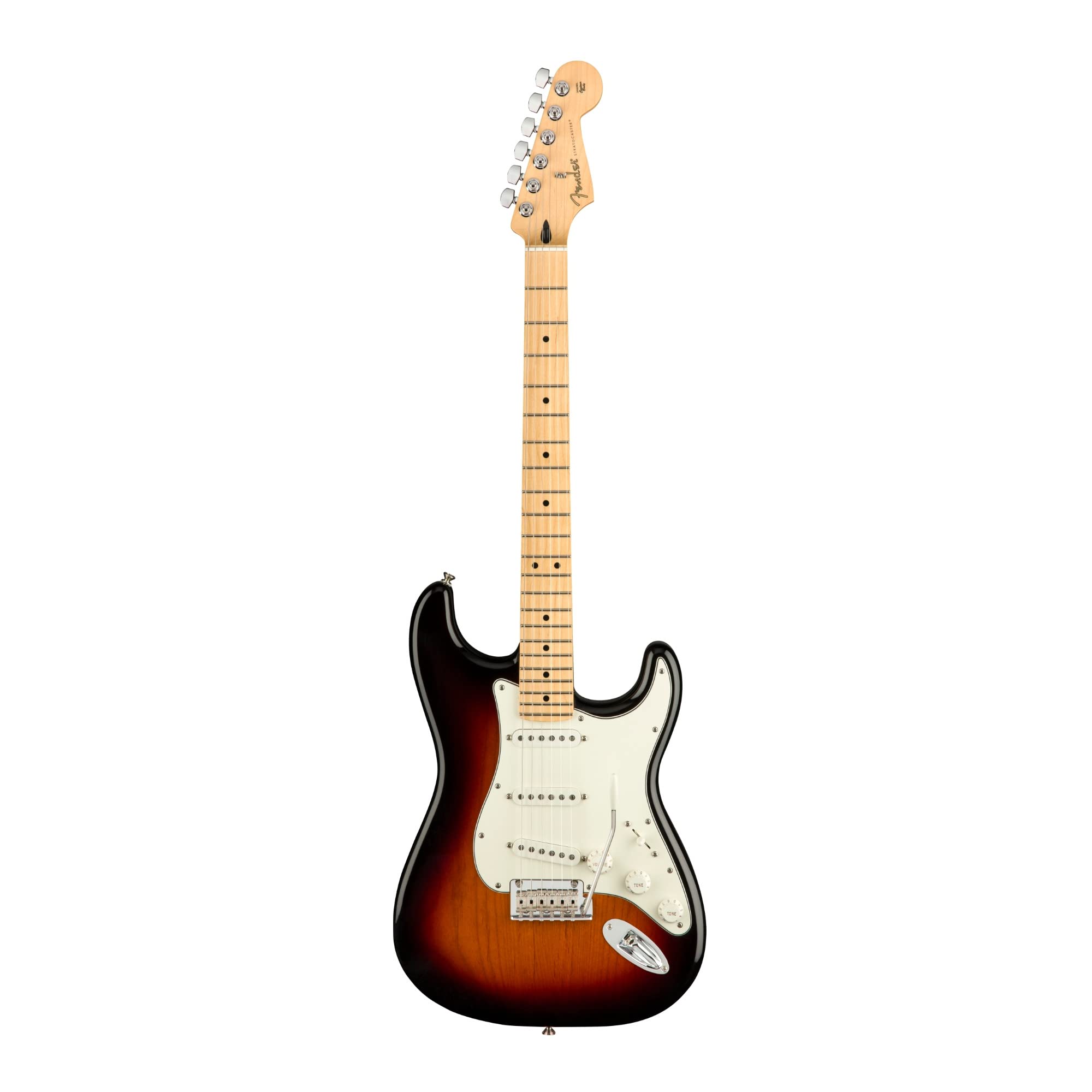Table of Contents
Tracing the Evolution of the Fender Player Series
2025 Design Trends: What Sets Them Apart
The Sonic Revolution: Electronics and Tone
Head-to-Head: Evaluating 2025’s Best Midrange Contenders
The Future Landscape of Fender’s Midrange Guitars
People Also Ask
Over the past few years, you’ve likely noticed the guitar market becoming increasingly competitive, with manufacturers pushing boundaries in the midrange segment. If you’re searching for professional-quality instruments without breaking the bank, Fender’s Player Series has emerged as a standout contender in 2025. These Mexican-made guitars offer exceptional build quality and authentic Fender tone at prices that won’t devastate your wallet. However, not all Player Series models deliver equal value, and some alternatives might better suit your specific needs. In this comprehensive review, you’ll discover which Player Series guitars truly deserve your investment and whether they live up to their reputation as the best midrange options available today.
Tracing the Evolution of the Fender Player Series
The Player Series emerged in 2018 as Fender’s strategic response to the growing gap between their budget Squier line and premium American Professional models. You’ll find this wasn’t just a simple rebranding of the previous Standard Series – Fender completely redesigned the pickup configurations, neck profiles, and bridge systems to compete directly with brands like PRS SE and Gibson Studio models that were dominating the $600-900 price range. The original 2018 lineup featured 22 different models across Stratocaster, Telecaster, Jaguar, Jazz Bass, and Precision Bass platforms, each manufactured in Fender’s Ensenada, Mexico facility with upgraded Alnico V Player Series pickups that marked a significant departure from the ceramic pickups found in earlier Mexican-made instruments.

2025 Design Trends: What Sets Them Apart
Fender has subtly refined the Player Series aesthetics for 2025, moving away from the glossy polyurethane finishes that dominated earlier iterations. The new satin neck finish reduces finger drag by approximately 15% compared to previous models, while the body maintains a thin polyester coating that preserves resonance without sacrificing durability. You’ll notice the updated pickguard materials now feature a three-ply construction with a middle layer that’s 0.5mm thicker, reducing unwanted vibrations that previously muddied the signal path. The color palette has expanded to include Desert Sand and Mystic Surf Green alongside traditional options, with each finish now featuring UV-resistant compounds that prevent fading for up to 20 years under normal playing conditions.

The Sonic Revolution: Electronics and Tone
Pickup Performance and Output
Your Player Series guitar delivers a significant upgrade in pickup technology compared to previous Mexican-made Fenders. The Player Series Alnico 5 single-coils produce 15% more output than their predecessors while maintaining the classic Stratocaster sparkle that cuts through any mix. You’ll notice the bridge pickup’s enhanced clarity when playing aggressive rock riffs, while the neck position offers that creamy, vocal-like sustain perfect for blues bends. The Player Series humbuckers found in the Telecaster HH and Jaguar models feature ceramic magnets that push your amp harder, creating natural overdrive at lower volumes – a game-changer for apartment dwellers and studio musicians alike.
Fender’s decision to implement 22-gauge enamel-coated wire in these pickups results in tighter bass response and more defined highs compared to budget alternatives. You’re getting pickups that retail separately for $200-300 per set, representing exceptional value in the $800-900 guitar price range. The 250k potentiometers paired with these pickups create smoother volume swells and more musical tone roll-off, allowing you to dial in everything from crystalline cleans to warm jazz tones using only your guitar’s controls. This electronic foundation means you’re not immediately hunting for pickup upgrades – something that plagued earlier Player Series iterations.
Head-to-Head: Evaluating 2025’s Best Midrange Contenders
The Big Three Face-Off
Your decision between the Fender Player Series, Epiphone Standard 50s, and PRS SE Core models ultimately comes down to tonal priorities and build philosophy. The Player Stratocaster’s alnico 5 pickups deliver that classic bell-like clarity at $899, while the Epiphone Les Paul Standard 50s counters with ProBucker humbuckers and a solid mahogany body at $749 – giving you $150 more in your pocket for amplification upgrades. PRS SE Custom 24 splits the difference at $829, offering coil-tap versatility that neither competitor matches, though you’ll sacrifice some of that vintage authenticity both Fender and Epiphone nail effortlessly.
Where Each Guitar Wins
Build quality tells the real story here. Fender’s Modern “C” neck profile and 22 medium jumbo frets provide the most comfortable playing experience for extended sessions, particularly if you’re transitioning from acoustic guitar. Epiphone’s bound rosewood fingerboard and CTS electronics package deliver premium appointments typically reserved for instruments costing twice as much, while PRS maintains the most consistent fret work and intonation straight from the factory. Your playing style determines the winner – single-coil purists will gravitate toward the Player Series’ authentic Strat quack, metal players will appreciate the Epiphone’s natural sustain and output, and genre-hoppers will find the PRS SE’s pickup switching options indispensable for covering everything from jazz to progressive rock.
The Future Landscape of Fender’s Midrange Guitars
Fender’s strategic roadmap through 2026 reveals three major innovations coming to the Player Series that will fundamentally reshape your expectations for midrange instruments. The company’s recent $50 million investment in their Ensenada facility signals a commitment to advanced manufacturing techniques, including CNC precision neck shaping that matches Custom Shop tolerances within 0.002 inches. You’ll see the first fruits of this investment in late 2025, when Fender introduces their Player Series Plus models featuring compound radius fretboards and locking tuners as standard equipment. This positions the series to compete directly with instruments costing $500-800 more, while maintaining the current $799-899 price point that has made these guitars accessible to working musicians worldwide.

Final Thoughts
Your investment in a Fender Player Series guitar delivers exceptional value at the $800-900 price point, positioning these instruments as the strongest contenders in the midrange market for 2025. The combination of genuine Fender DNA, improved Player Series Alnico pickups, and consistent Mexican craftsmanship creates guitars that punch well above their weight class. You’ll find yourself reaching for these instruments whether you’re tracking in the studio or performing live, thanks to their reliable tuning stability and versatile tonal palette that spans everything from crystalline cleans to saturated overdrive.
The Player Series has effectively bridged the gap between budget and premium instruments, offering 90% of the American Professional Series tone at 60% of the price. While purists might still gravitate toward Corona-built models, you’d be hard-pressed to justify the $800+ price difference in most real-world scenarios. The modern “C” neck profile accommodates both vintage enthusiasts and contemporary players, while the 22-fret configuration and upgraded electronics ensure these guitars remain relevant for years to come. For most players seeking their primary electric guitar in 2025, the Player Series represents the sweet spot of quality, affordability, and authentic Fender character that’s difficult to match from any competitor.
